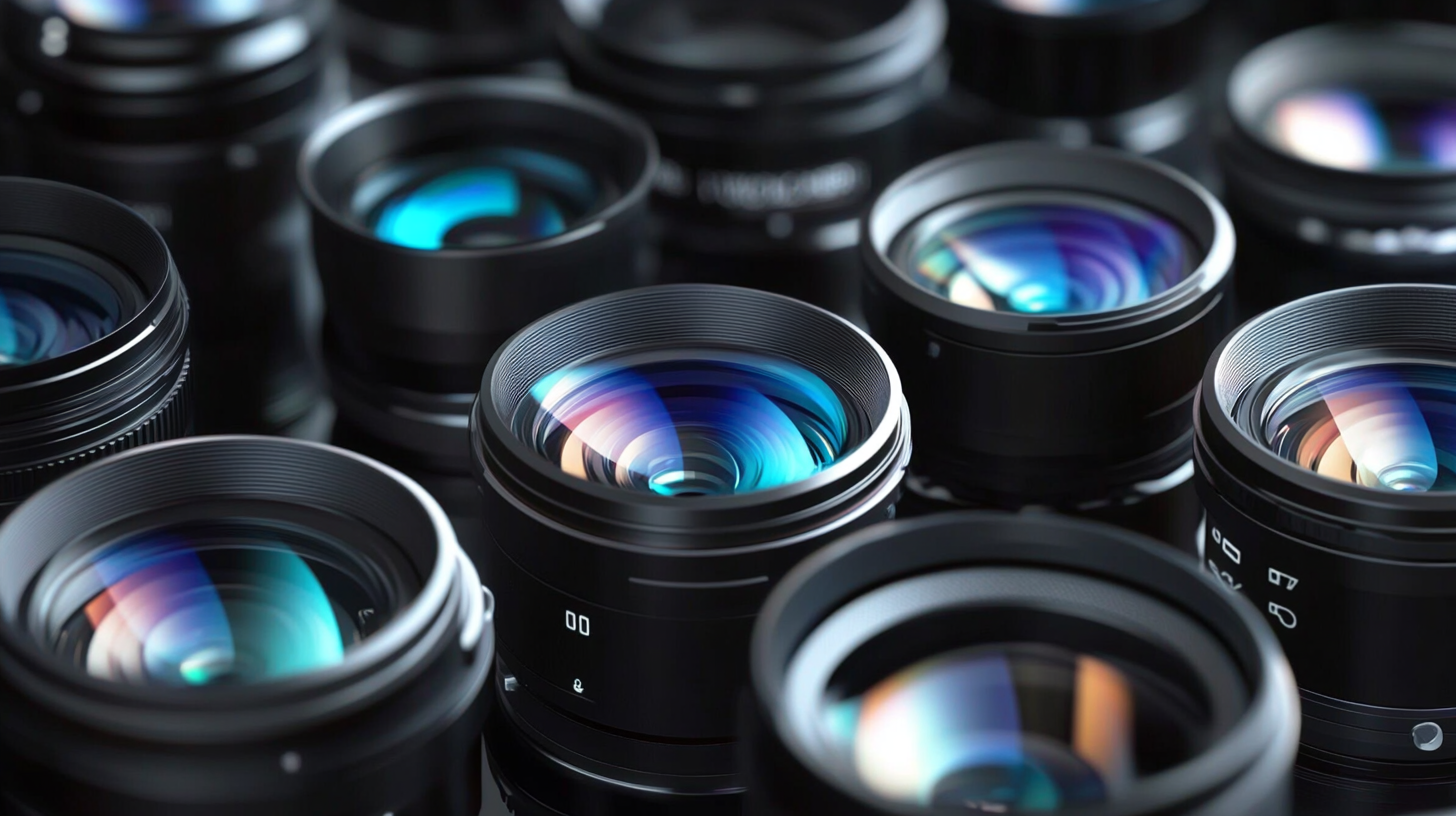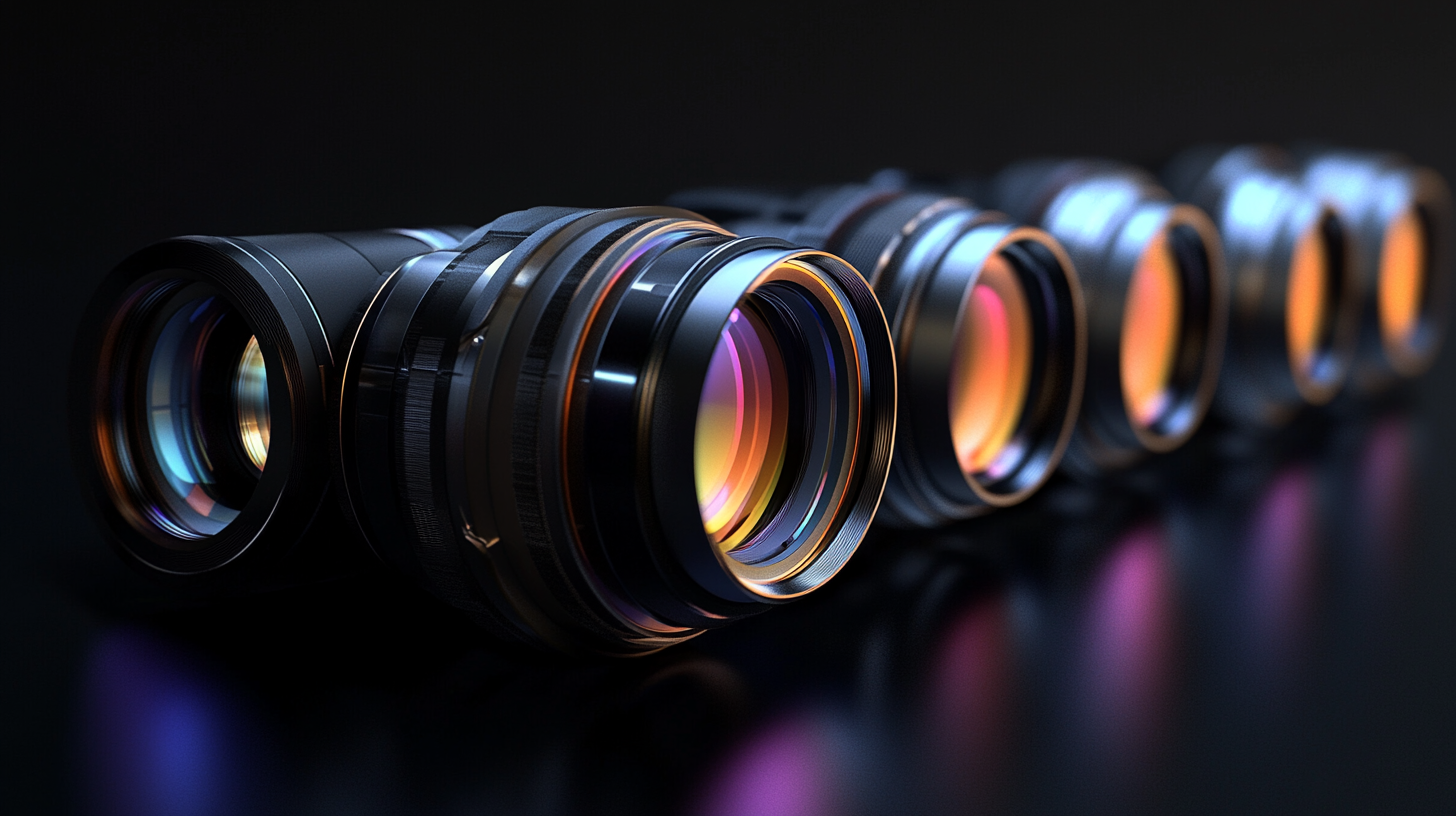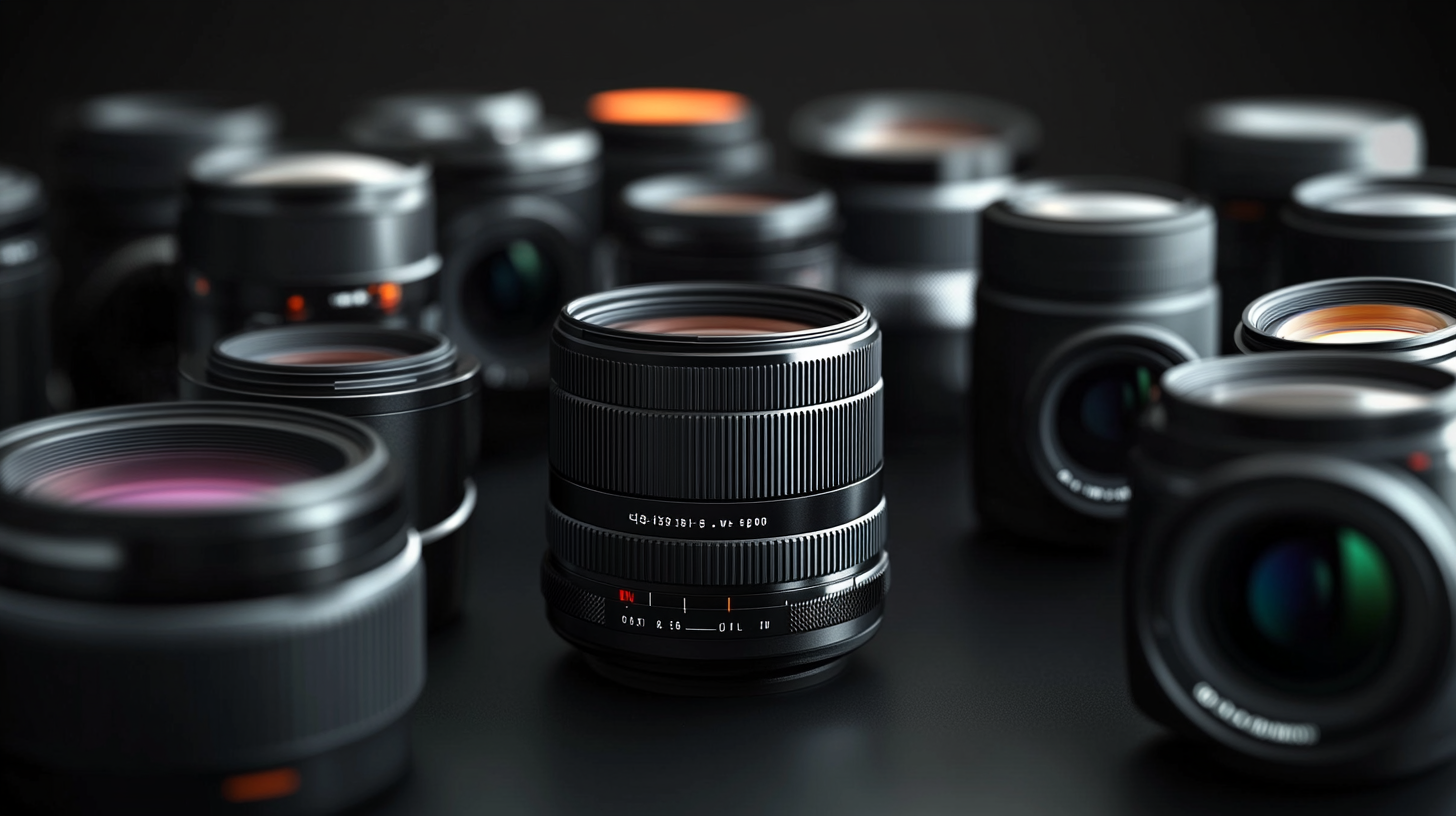As we continue to advance in the realm of optical technology, the next generation of Single Vision Lenses is poised to revolutionize the way we perceive the world. These lenses, designed specifically for individuals with a singular focal point, are becoming increasingly sophisticated, incorporating cutting-edge materials and innovative designs. This evolution not only enhances visual clarity but also ensures greater comfort and convenience for everyday wearers.
In this blog, we will delve into the latest advancements in Single Vision Lenses, examining their impact on vision correction and user experience. From improved coatings that resist scratches and smudges to lightweight options that prioritize comfort, the future of Single Vision Lenses promises to meet the diverse needs of a growing population. Join us as we explore how these innovations are shaping the future of eye care and the potential benefits they hold for wearers everywhere.

The evolution of single vision lenses has been remarkable over the last few decades, driven by advancements in technology and a deepening understanding of vision correction. Historically, single vision lenses were primarily designed for basic needs—providing clear vision at one specific distance. However, modern innovations have transformed these lenses into sophisticated optical tools that cater to the diverse needs of today's consumers. One of the most significant developments in single vision lenses is the use of materials that enhance durability and reduce weight. High-index plastics have emerged as a popular choice, offering thinner profiles without compromising strength. This change not only improves comfort for wearers but also enhances the aesthetic appeal of eyewear by allowing for a more streamlined look. Additionally, anti-reflective and blue light blocking coatings have become increasingly prevalent, addressing the demands of digital device usage and providing users with enhanced visual comfort. Moreover, personalized lens fitting technology is reshaping how single vision lenses are prescribed. By utilizing precise measurements and even 3D modeling, optometrists can now create tailored lenses that perfectly align with the individual’s unique eye shape and prescription requirements. This level of customization ensures optimal vision clarity and comfort, making single vision lenses more effective than ever. Such advancements signify a pivotal shift in how we approach vision correction, ultimately leading to improved quality of life for many individuals reliant on corrective eyewear.

The next generation of single vision lenses is poised to revolutionize the eyewear industry through the application of innovative materials and advanced technologies. As we delve into the future of eyewear, it's evident that the development of new materials will play a crucial role. These materials not only enhance durability but also improve optical clarity and comfort for users. For instance, the use of lightweight yet sturdy substances can significantly contribute to the wearer’s experience, making glasses easier to wear throughout the day.
Moreover, the integration of cutting-edge technologies is imperative for creating lenses that cater to the evolving needs of consumers. Enhanced production techniques allow for precise shaping and coating of the lenses, minimizing glare and improving visual acuity. Just as advancements in imaging technology have transformed the smartphone industry, similar innovations will shape the future of optics in eyewear. The challenges faced in creating these next-generation lenses echo those seen in other technology sectors, where high costs and complex manufacturing processes must be overcome to deliver superior products.
As we continue to explore the potential of next-gen lenses, it is clear that the fusion of innovative materials and technologies will redefine aesthetics and functionality in eyewear. This evolution not only addresses current consumer demands but also anticipates future needs, setting the stage for an exciting new chapter in optical design and manufacturing.

As we delve into the future of single vision lenses, the focus on enhanced optical performance is more relevant than ever. Innovations in lens design are paving the way for improvements that not only elevate clarity and comfort but also integrate seamlessly with emerging technologies. The advancements in optical materials and design strategies, such as extended depth of focus (EDF) lenses, are revolutionizing how we correct vision, making it a more sophisticated experience.
Recent developments in eyewear technology, such as Lumiglass, highlight the convergence of fashion and functionality. By utilizing advanced optical techniques, Lumiglass provides enhanced color perception and visual comfort, addressing common concerns associated with prolonged screen time. Furthermore, the launch of smart glasses by tech giants such as Meta and Google demonstrates a shift towards integrating generative AI with eyewear, allowing users to experience not just enhanced vision, but also interactive functionalities that were previously unimaginable.
Moreover, research from UCLA on new imaging systems emphasizes the innovative strides being made within optical technology. As we explore these advancements, it's clear that the next generation of single vision lenses is not merely about improving vision quality—it's about creating a holistic user experience that combines style, technology, and the art of vision correction in unprecedented ways.

The evolution of single vision lenses has reached an exciting juncture, as customization and personalization trends increasingly define the landscape. Today’s consumers are not only seeking clarity in vision but also a unique pair of lenses tailored to their lifestyle and aesthetic preferences. This demand for individualized products has prompted manufacturers to innovate and expand their offerings, integrating advanced technologies that allow for a more personalized experience.
Customization begins with the lens design process, where factors such as the wearer’s prescription, frame choice, and even face shape come into play. Companies are leveraging digital tools and sophisticated analytics to create lenses that fit perfectly with the user's specific requirements. This level of personalization extends to lens coatings as well, with options for anti-reflective, blue light filtering, and UV protection tailored to the wearer's daily activities, whether it’s working long hours in front of a screen or enjoying the outdoors.
Moreover, the aesthetic aspect of lenses shouldn’t be overlooked. Wearers can now choose colors, tints, and even the shape of their lenses to complement their personal style. This trend not only enhances visual comfort but also allows individuals to express their personality through their eyewear. As the optical industry embraces these personalization trends, the future of single vision lenses looks brighter and more tailored than ever, aligning comfort with personal expression.
As technology rapidly evolves, the future of single vision lenses is bright and full of exciting possibilities. Consumers can expect innovations that enhance not only visual clarity but also the overall experience of wearing glasses. Upcoming single vision lenses will likely incorporate advanced materials and coatings to offer increased durability, lighter weight, and improved comfort. These enhancements will cater to the lifestyle needs of today's active individuals who seek both functionality and style in their eyewear.
Another promising development is the integration of smart technologies within lenses. Future single vision lenses may feature built-in sensors or augmented reality capabilities, providing users with real-time information while seamlessly adapting to their environment. For instance, lenses could automatically adjust tint levels based on lighting conditions, or offer notifications and guidance through a connected app. This convergence of eyewear and technology will transform glasses from mere vision correction tools into dynamic accessories that enhance everyday life.
Moreover, personalized lens solutions are likely on the horizon, as advancements in optical technology enable customization based on individual preferences and visual needs. Consumers can anticipate a wider array of choices, including tailored prescriptions, unique designs, and even options personalized to match their fashion sense. This shift towards customization will empower users to find lenses that not only improve their sight but also reflect their personal style, ultimately making eyewear a more integral part of their identities.

